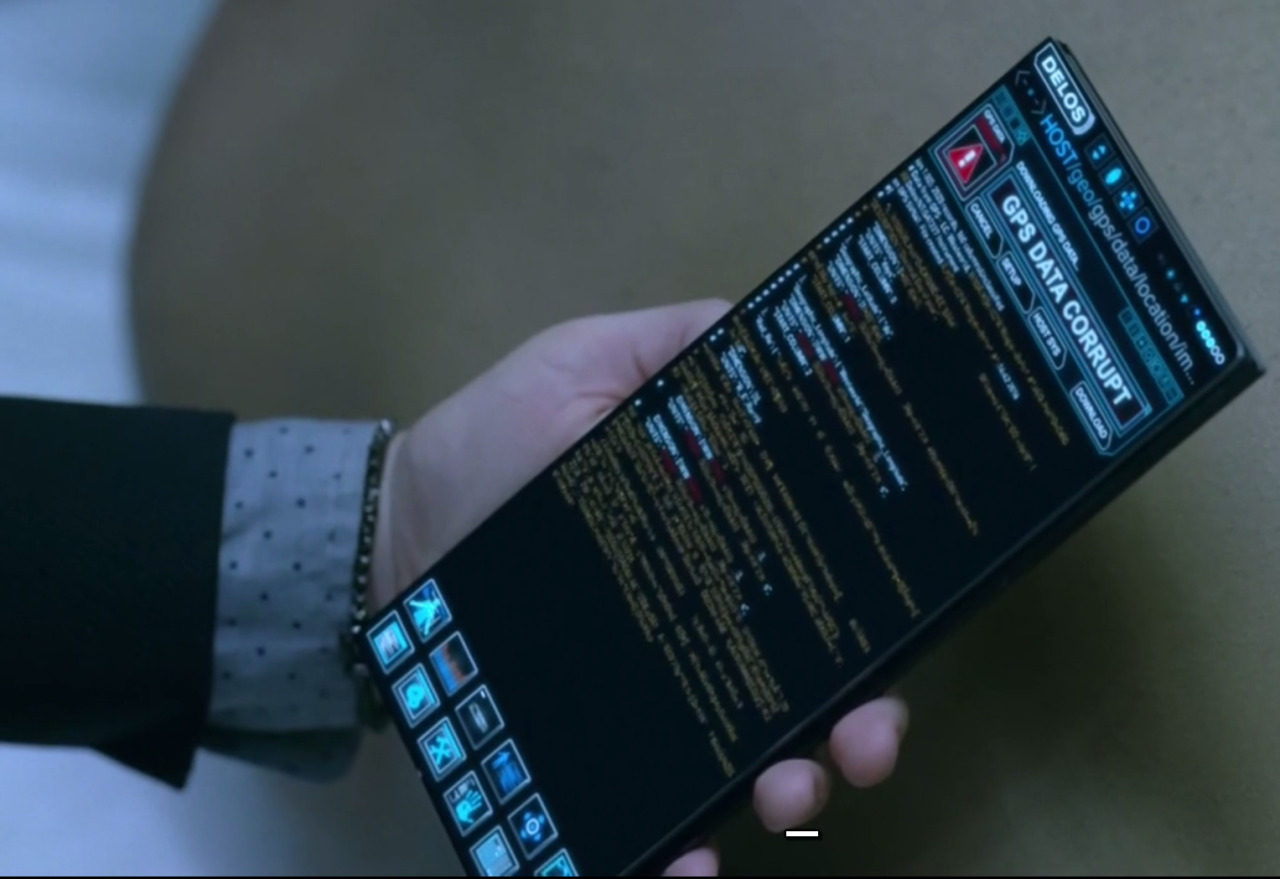Howdy, Stranger!
It looks like you're new here. If you want to get involved, click one of these buttons!
Categories
In this Discussion
2024 Participants: Hannah Ackermans * Sara Alsherif * Leonardo Aranda * Brian Arechiga * Jonathan Armoza * Stephanie E. August * Martin Bartelmus * Patsy Baudoin * Liat Berdugo * David Berry * Jason Boyd * Kevin Brock * Evan Buswell * Claire Carroll * John Cayley * Slavica Ceperkovic * Edmond Chang * Sarah Ciston * Lyr Colin * Daniel Cox * Christina Cuneo * Orla Delaney * Pierre Depaz * Ranjodh Singh Dhaliwal * Koundinya Dhulipalla * Samuel DiBella * Craig Dietrich * Quinn Dombrowski * Kevin Driscoll * Lai-Tze Fan * Max Feinstein * Meredith Finkelstein * Leonardo Flores * Cyril Focht * Gwen Foo * Federica Frabetti * Jordan Freitas * Erika FülöP * Sam Goree * Gulsen Guler * Anthony Hay * SHAWNÉ MICHAELAIN HOLLOWAY * Brendan Howell * Minh Hua * Amira Jarmakani * Dennis Jerz * Joey Jones * Ted Kafala * Titaÿna Kauffmann-Will * Darius Kazemi * andrea kim * Joey King * Ryan Leach * cynthia li * Judy Malloy * Zachary Mann * Marian Mazzone * Chris McGuinness * Yasemin Melek * Pablo Miranda Carranza * Jarah Moesch * Matt Nish-Lapidus * Yoehan Oh * Steven Oscherwitz * Stefano Penge * Marta Pérez-Campos * Jan-Christian Petersen * gripp prime * Rita Raley * Nicholas Raphael * Arpita Rathod * Amit Ray * Thorsten Ries * Abby Rinaldi * Mark Sample * Valérie Schafer * Carly Schnitzler * Arthur Schwarz * Lyle Skains * Rory Solomon * Winnie Soon * Harlin/Hayley Steele * Marylyn Tan * Daniel Temkin * Murielle Sandra Tiako Djomatchoua * Anna Tito * Introna Tommie * Fereshteh Toosi * Paige Treebridge * Lee Tusman * Joris J.van Zundert * Annette Vee * Dan Verständig * Yohanna Waliya * Shu Wan * Peggy WEIL * Jacque Wernimont * Katherine Yang * Zach Whalen * Elea Zhong * TengChao Zhou
CCSWG 2024 is coordinated by Lyr Colin (USC), Andrea Kim (USC), Elea Zhong (USC), Zachary Mann (USC), Jeremy Douglass (UCSB), and Mark C. Marino (USC) . Sponsored by the Humanities and Critical Code Studies Lab (USC), and the Digital Arts and Humanities Commons (UCSB).
#critcode Tweets
Gender and Programming Culture: Representing Code in Movies with Female Programmers
Given the recent critical success of the film Hidden Figures, it might be useful to facilitate discussion about how female programmers appear in a range of motion pictures from mainstream movies like The Net to more art house-oriented offerings like Lynn Hershman Leeson's Conceiving Ada. Streaming video services like Netflix have also presented female programmers who appear in series designed for niche audiences, such as Halt and Catch Fire. How much code is visible and open to critique in these media representations? If code is denied its potential starring role in these Hollywood vehicles, does its obfuscation say anything?

Comments
There's quite a bit of code-like text in Westworld (speaking here of HBO's TV/Internet version, not the film).
Here's a handful of code by Elsie Hughes.

Not quite legible. I'm not sure we ever get to read her code.
Spoiler
Now, Elsie is eventually killed off, or is she? There's an easter egg. that suggests she's still alive.
Of course, much to talk about in the programming of Westworld, including an autonomous agent who gets to see the code that's generating her sentences. But perhaps that should be saved for a different thread.
Great examples!
A general resource for more examples of how code is represented in film and TV (and what it refers to, or doesn't) is the MovieCode site by John Graham-Cumming. Since it launched in Jan 2014 it has collected over 300 examples of code screenshots paired with source references or observations on the true nature of the content. For a recent example highly relevant to this week, it notes that Valerian and the City of A Thousand Planets showcases snippets of Apollo source code.
One of its very first examples was The Girl with the Dragon Tattoo. It is an interesting example because it is of the more unusual "realist" type, where the Lisbeth Salander uses actual SQL to write actual police database queries. One game of the site, however, is partly to laugh at Hollywood and the inaccuracy or silliness with which it represents code -- and this can sometimes read as condescending to the films, characters, and/or audiences:
Another recent documentary film of interest (which I have not yet seen) is CodeGirl (2015).
Another interesting approach for sources and examples of that represent female programmers might be TVTropes lists of sources. I haven't dug through any of them, but some of the tropes with example lists most likely to contain code-on-screen are:
I find the representations in Mr. Robot particularly interesting, as there's both a sense of fidelity to representing code / software / interfaces with a level of accuracy within that show as a text, and some gender inclusivity within those representations.
Here's a few relevant links on the depictions within Mr. Robot:
https://nerdist.com/the-ladies-of-mr-robot-on-hacking-swearing-and-season-2/
http://www.refinery29.com/2017/11/182026/carly-chaikin-mr-robot-season-3
https://www.theatlantic.com/entertainment/archive/2015/07/mr-robot-usa-gender-politics/399422/
The film “Hidden Figures” was groundbreaking as it was a box office hit and critically acclaimed and featured women of color. In our Week 1 thread @JudyMalloy listed Margaret Hamilton, or African American Dorothy Vaughan, or Dame Wendy Hall, or Mary Ann Horton (transgender), or Asian American Michelle X. Zhou as notable women we should know about in programming culture. More women’s stories need to be told and represented in film and television to change the ratio. Hollywood can start with Margaret Hamilton.
Just like there is a genre of movies like “war film” or what we refer to in journalism and mass communication doctoral studies as “master war narrative” perhaps there could be one for women programmers. Clearly, there is no shortage of women’s stories in programming that the public has yet to discover. (This working group is a treasure trove for a show runner or film producer!) In terms of marketing and popular culture, the awareness from a box office movie or even inclusion in Netflix would do much to improve diversity of available content and exposing more young girls to STEM education and careers as possibilities. I appreciated the references to literature for Latina and Hispanic women’s inclusion in programming culture.
Moreover, there is a shift in society in terms of improved awareness of intersectionality when it comes to representation. For example, NY Post headline “School swaps Jacksons to honor ‘Hidden Figures’ pioneer” stated, “A Salt Lake City school named after President Andrew Jackson will soon honor a woman pioneer in the US space program.” More here: https://nypost.com/2018/02/08/school-swaps-jacksons-to-honor-hidden-figures-pioneer/
More on the impact of “Hidden Figures” on popular culture: https://www.forbes.com/sites/scottmendelson/2017/03/16/why-its-a-big-deal-that-hidden-figures-topped-200m-worldwide/
In reference to the inequality and sexism in Hollywood, the USC Annenberg Inclusion Initiative released their annual study in 2017, titled Inequality in 900 Popular Films.
The study, released in summer 2017, reveals how little top-grossing movies have changed when it comes to the on screen prevalence and portrayal of females, underrepresented racial/ ethnic groups, the LGBT community, and individuals with disabilities. The study is the largest and most comprehensive intersectional analysis of characters in motion picture content to date. http://annenberg.usc.edu/research/aii